The below list provides the list of general pressure transmitter problems and their possible corrective actions.
Transmitter milliamp reading is zero
- Verify power is applied to signal terminals
- Check power wires for reversed polarity
- Verify terminal voltage is 10.5 to 42.4 Vdc
- Check for open diode across test terminal
Transmitter Not Communicating with Field Communicator
- Verify the output is between 4 and 20 mA or saturation levels
- Verify terminal voltage is 10.5 to 42.4 Vdc
- Verify clean DC Power to transmitter (Max AC noise 0.2 volts peak to peak)
- Check loop resistance, 250 ohms minimum (Power supply voltage -transmitter voltage/loop current)
- Have Field Communicator poll for all addresses
Transmitter milliamp reading is low or high
- Verify applied pressure
- Verify 4 and 20 mA range points
- Verify output is not in alarm condition (Alarm option available in some transmitters)
- Verify if 4 – 20 mA output trim is required
Transmitter will not respond to changes in applied pressure
- Check test equipment
- Check impulse piping or manifold for blockage
- Verify the transmitter is not in multidrop mode
- Verify applied pressure is between the 4 and 20 mA set points
- Verify output is not in alarm condition
- Verify transmitter is not in Loop Test mode
Digital Pressure Variable reading is low or high
- Check test equipment (verify accuracy)
- Check impulse piping for blockage or low fill in wet leg
- Verify transmitter is calibrated properly
- Verify pressure calculations for application
Digital Pressure Variable reading is erratic
- Check application for faulty equipment in pressure line
- Verify transmitter is not reacting directly to equipment turning on/off
- Verify damping is set properly for application
Milliamp reading is erratic
- Verify power source to transmitter has adequate voltage and current
- Check for external electrical interference
- Verify transmitter is properly grounded
- Verify shield for twisted pair is only grounded at one end
Reference : Rosemount
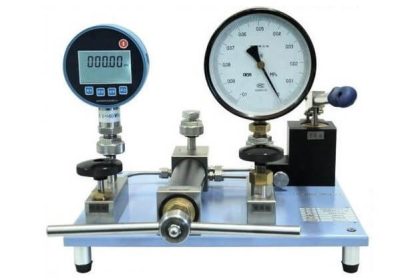
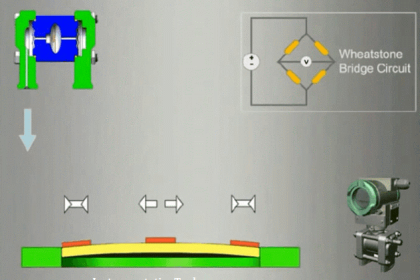
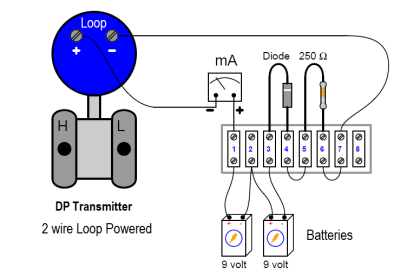

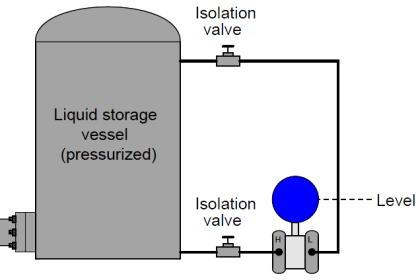
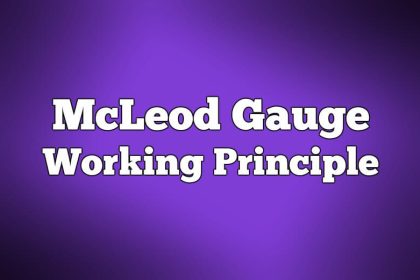

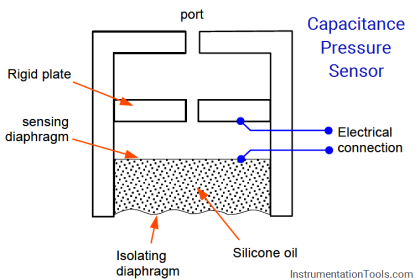
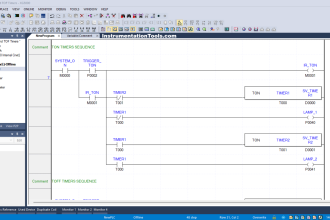
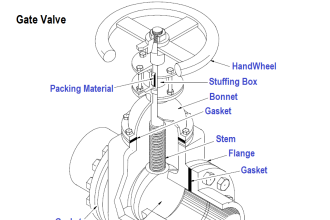
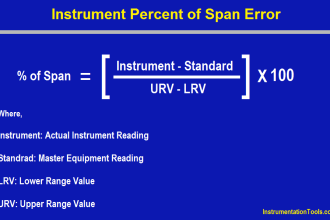
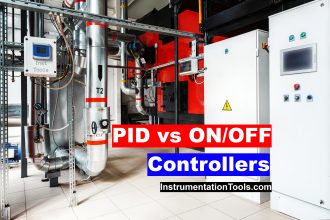
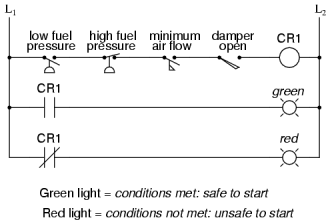




very good tips.